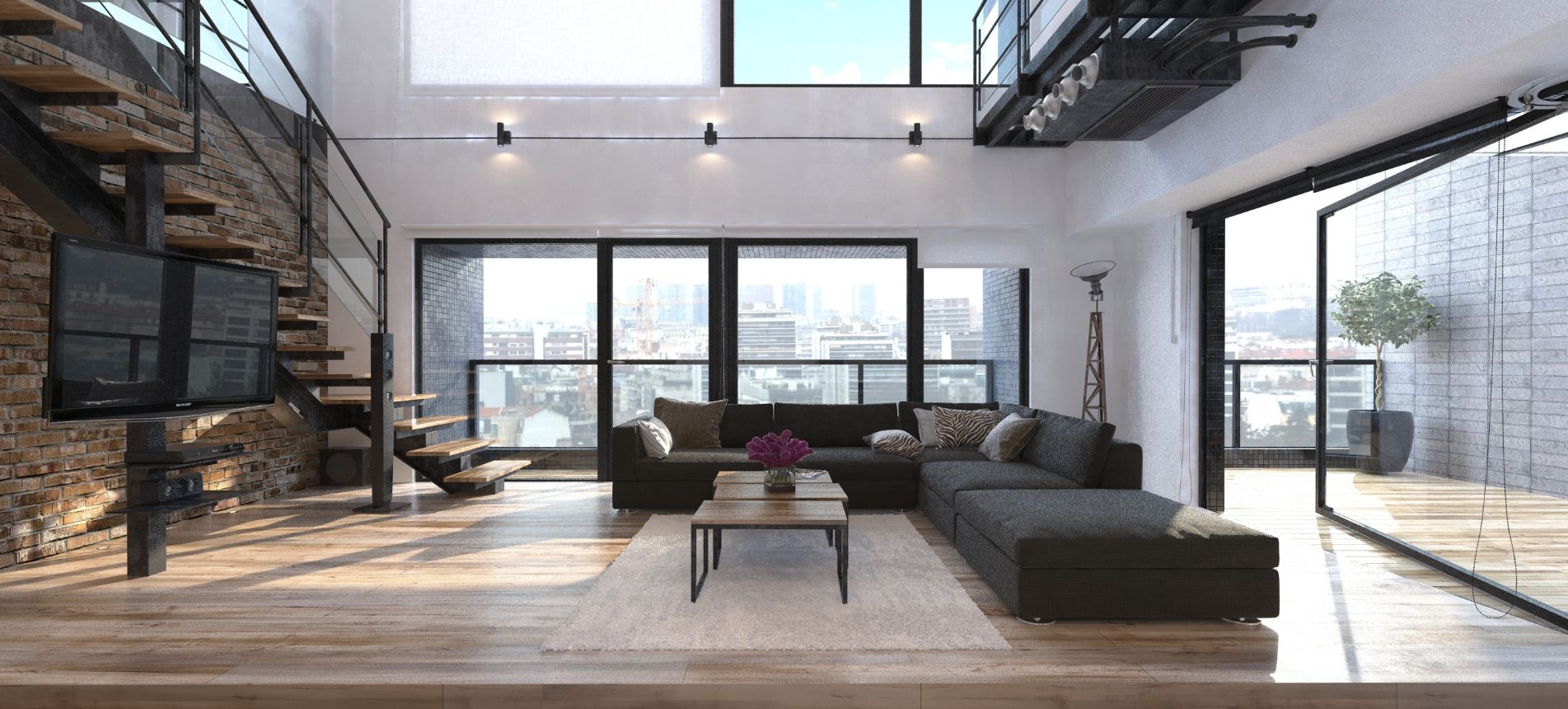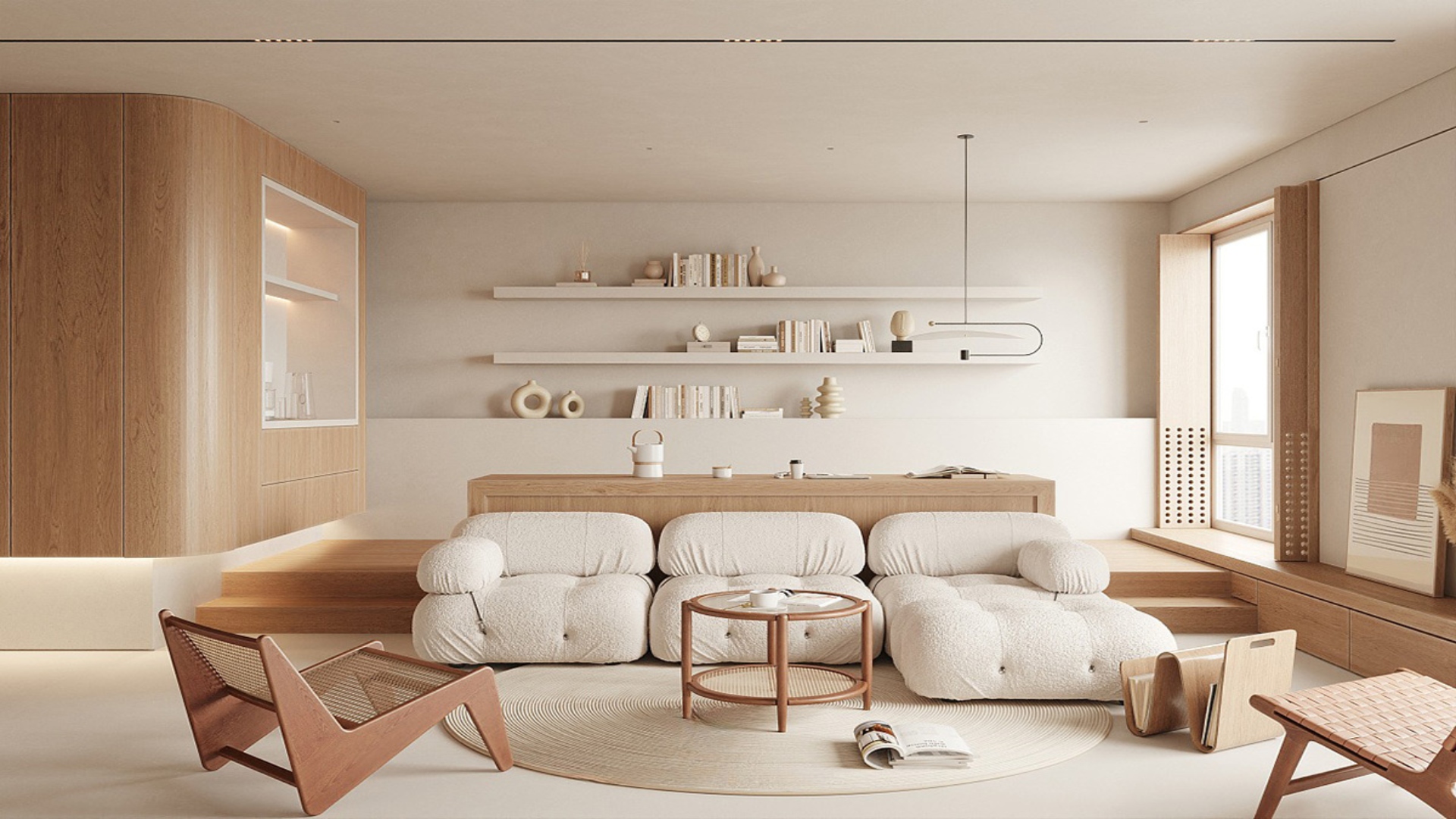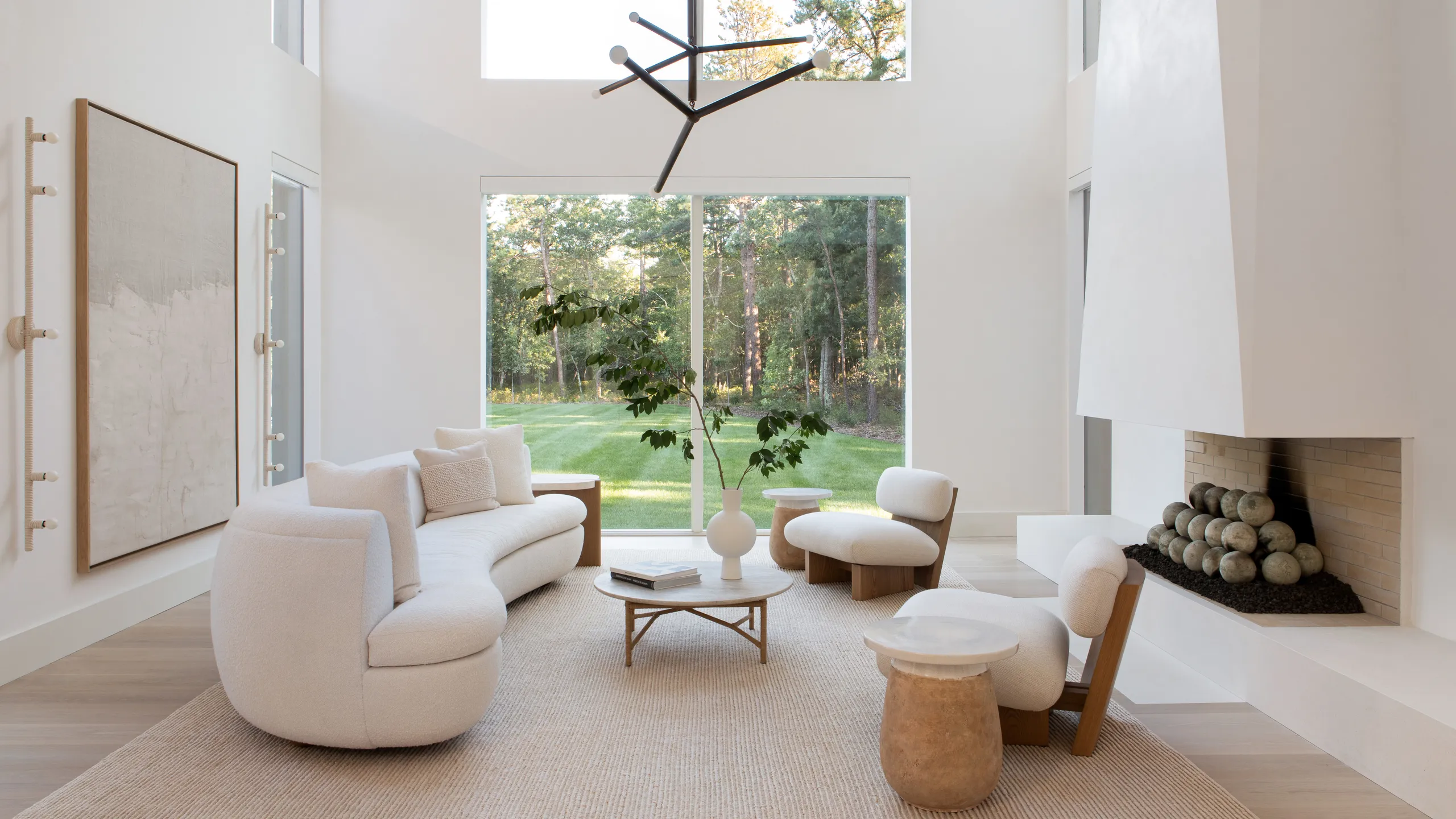
04 Oct The Art of Minimalist Interior Design: Transforming Spaces with Simplicity
Minimalist interior design has taken the design world by storm, becoming a defining trend in contemporary homes and offices. It’s not just a style – it’s a lifestyle choice that embraces simplicity, clarity, and intentionality. For many, minimalist design offers an antidote to the overwhelming clutter of modern life. But while it may appear effortless, achieving a truly minimalist space requires careful thought and planning. In this article, we’ll explore the core principles of minimalist interior design, how to apply them to your space, and why this design approach has become so popular.
Minimalism is not about removing elements for the sake of simplicity; it's about creating space for the essential, allowing beauty and function to thrive together in harmony.
What is Minimalist Interior Design?
At its heart, minimalist design is about stripping away the excess to focus on what truly matters. It’s the “less is more” philosophy, where simplicity and functionality reign. By removing unnecessary elements, minimalist spaces create a sense of calm, clarity, and order. Instead of filling rooms with décor and furniture, the focus shifts to the essentials, creating a clean, open, and purposeful space.
Minimalism is often misunderstood as cold or stark, but in reality, it emphasizes warmth and comfort by showcasing quality over quantity. A few well-chosen pieces can transform a room and give it personality, while still maintaining a sense of simplicity.

The Core Principles of Minimalist Interior Design
To create a minimalist space, it’s essential to follow some core design principles that guide the process:
1. Simplicity
Minimalist interiors focus on clean, straightforward lines. Whether it’s in furniture, architecture, or décor, simplicity should be at the forefront. This doesn’t mean the design should be plain or boring – instead, it involves removing unnecessary embellishments and keeping only what’s needed to create a cohesive look.
For example, a minimalist living room may have a sleek, low-profile sofa with one or two carefully selected art pieces on the wall. Each element should contribute to the overall harmony of the space without overpowering the room.
2. Functionality
In minimalist design, every item serves a purpose. Furniture and décor should be as functional as they are beautiful. Consider multi-functional furniture, such as ottomans with storage or convertible desks, which help maximize the utility of a space without adding clutter.
Functionality also means creating spaces that work for the people who live or work in them. Every design choice should contribute to ease of use, whether it’s in the layout of a kitchen or the flow of a living room.
3. Neutral Colors
Minimalist spaces often feature neutral color palettes, including shades of white, beige, gray, and black. These colors create a calm and serene atmosphere, which is central to the minimalist philosophy. However, this doesn’t mean that color is absent – minimalist interiors can still feature bold accent colors, but they are used sparingly to maintain balance.
The idea is to use color as a tool to enhance the space, not overwhelm it. For example, a neutral-toned living room might have a single bright blue chair or a few colorful pillows to add interest without cluttering the space.
4. Open Spaces
Open, uncluttered spaces are a hallmark of minimalist design. Instead of filling rooms with unnecessary furniture and décor, minimalist interiors allow space to breathe. The use of open floor plans, large windows, and sparse furniture arrangements creates a sense of freedom and lightness.
This openness not only makes rooms feel larger but also encourages a more mindful and focused lifestyle. By reducing the visual noise, minimalist spaces allow you to focus on what’s truly important.
5. Quality Over Quantity
One of the key principles of minimalism is investing in quality pieces that will last, rather than filling a space with numerous, lower-quality items. A minimalist room might feature a few high-quality, timeless furniture pieces that are both functional and beautiful.
This focus on quality extends beyond furniture – it applies to materials, lighting, and even art. Minimalist interiors often incorporate natural materials like wood, stone, and linen, which add texture and warmth to the space without overwhelming it.

How to Create a Minimalist Space
Now that we’ve explored the core principles of minimalist design, let’s look at some practical steps you can take to create a minimalist space in your own home or office.
1. Declutter Your Space
The first step in creating a minimalist interior is to declutter. Start by removing anything that doesn’t serve a purpose or bring you joy. This includes unnecessary furniture, décor, and personal items. A minimalist space should feel open and free of distractions.
This doesn’t mean you have to live without your belongings, but rather that you should be intentional about what you keep. If an item isn’t useful or meaningful, it’s probably best to let it go.
2. Choose a Neutral Color Palette
Once your space is decluttered, choose a neutral color palette to create a sense of calm and harmony. White walls are a popular choice for minimalist interiors, but you can also experiment with shades of gray, beige, or soft pastels.
If you want to add a pop of color, do so with restraint. A single piece of art, a colorful rug, or a bold piece of furniture can add personality to a room without disrupting the minimalist aesthetic.
3. Invest in High-Quality Furniture
In minimalist design, less is more – so it’s worth investing in high-quality furniture that will stand the test of time. Look for pieces with clean lines, simple shapes, and neutral colors. Avoid overly ornate or bulky furniture that can clutter the space.
Consider multi-functional furniture that can help reduce clutter and maximize functionality. For example, a sofa bed, a dining table with hidden storage, or modular shelving can serve multiple purposes while maintaining a sleek, minimalist look.
4. Embrace Open Spaces
When arranging furniture, focus on creating open, airy spaces. Don’t feel the need to fill every corner of the room. Instead, leave plenty of open space to give the room a sense of lightness and flow.
For example, in a minimalist living room, you might place the sofa in the center of the room, with a coffee table and a few chairs arranged around it. Leave plenty of space around the furniture to allow for easy movement and a feeling of openness.
5. Incorporate Natural Elements
To prevent minimalist spaces from feeling cold or sterile, incorporate natural elements like wood, stone, and plants. These materials add warmth and texture to a room without cluttering it.
For example, a wooden coffee table, a few indoor plants, or a stone countertop can add natural beauty to a minimalist space while maintaining the clean, simple aesthetic.

Why Minimalism Works
Minimalist design isn’t just about aesthetics – it’s about creating a lifestyle that values simplicity, intentionality, and mindfulness. By eliminating excess and focusing on what truly matters, minimalist spaces encourage a sense of calm and clarity.
In today’s fast-paced world, where we’re constantly bombarded with distractions, minimalist interiors offer a peaceful retreat. They allow us to focus on the things that bring us joy and fulfillment, rather than being weighed down by clutter and chaos.
Minimalist spaces are also incredibly versatile. They can be adapted to any style, from modern and industrial to Scandinavian and traditional. Whether you’re designing a sleek urban loft or a cozy family home, minimalism offers a timeless and adaptable approach.
Conclusion: Embracing the Minimalist Philosophy
Minimalist interior design is more than just a trend – it’s a philosophy that emphasizes simplicity, functionality, and intentionality. By embracing these principles, you can create spaces that are not only beautiful but also practical and meaningful.
Whether you’re decluttering a single room or redesigning your entire home, minimalist design encourages you to focus on what’s truly important. In the process, you’ll create a space that feels calm, balanced, and perfectly suited to your lifestyle.
At Frank Design, we specialize in helping clients achieve their ideal minimalist spaces. With our expertise in clean, thoughtful design, we can transform any room into a serene and inspiring environment. Ready to embrace minimalism? Contact us today to begin your design journey.



No Comments